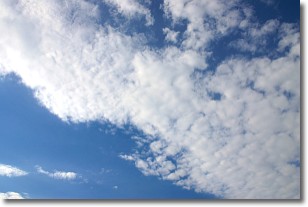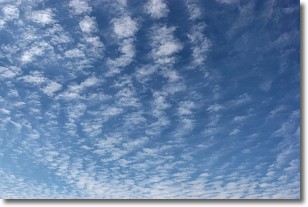Weather Alert in Pennsylvania
Special Weather Statement issued August 22 at 6:51AM EDT by NWS State College PA
AREAS AFFECTED: Warren; McKean; Potter; Elk; Cameron; Northern Clinton; Clearfield; Northern Centre; Southern Centre; Blair; Huntingdon; Mifflin; Juniata; Bedford; Fulton; Tioga; Northern Lycoming; Sullivan; Southern Clinton; Southern Lycoming; Union; Snyder; Montour; Northumberland; Columbia; Schuylkill
DESCRIPTION: Locally dense fog formed early today throughout the valleys of Central and Northern Pennsylvania, as a result of clearing skies, near calm air and a large difference of around 20 degrees between the air, river and stream temperatures. The fog will reduce the visibility below one quarter of a mile in some places. Allow extra time to travel to work or school this morning, and ensure that you keep plenty of braking distance between you and the vehicle ahead. Visibility will improve as the fog dissipates between 9 and 10 AM.
INSTRUCTION: N/A
Want more detail? Get the Complete 7 Day and Night Detailed Forecast!
Current U.S. National Radar--Current
The Current National Weather Radar is shown below with a UTC Time (subtract 5 hours from UTC to get Eastern Time).

National Weather Forecast--Current
The Current National Weather Forecast and National Weather Map are shown below.

National Weather Forecast for Tomorrow
Tomorrow National Weather Forecast and Tomorrow National Weather Map are show below.

North America Water Vapor (Moisture)
This map shows recent moisture content over North America. Bright and colored areas show high moisture (ie, clouds); brown indicates very little moisture present; black indicates no moisture.

Weather Topic: What are Altocumulus Clouds?
Home - Education - Cloud Types - Altocumulus Clouds
 Next Topic: Altostratus Clouds
Next Topic: Altostratus Clouds
Similar to cirrocumulus clouds, altocumulus clouds are
characterized by cloud patches. They are distinguished by larger cloudlets
than cirrocumulus clouds but are still smaller than stratocumulus clouds.
Altocumulus clouds most commonly form in middle altitudes (between 2 and 5 km)
and may resemble, at times, the shape of a flying saucer.
These uncommon formations, called altocumulus lenticularis, are created by uplift
in the atmosphere and are most often seen in close proximity to mountains.
Next Topic: Altostratus Clouds
Weather Topic: What are Cirrocumulus Clouds?
Home - Education - Cloud Types - Cirrocumulus Clouds
 Next Topic: Cirrostratus Clouds
Next Topic: Cirrostratus Clouds
Cirrocumulus clouds form at high altitudes (usually around 5 km)
and have distinguishing characteristics displayed in a fine layer of
small cloud patches. These small cloud patches are sometimes referred to as
"cloudlets" in relation to the whole cloud formation.
Cirrocumulus clouds are formed from ice crystals and water droplets. Often, the
water droplets in the cloud freeze into ice crystals and the cloud becomes a
cirrostratus cloud. Because of this common occurrence, cirrocumulus cloud
formations generally pass rapidly.
Next Topic: Cirrostratus Clouds
Current conditions powered by WeatherAPI.com




